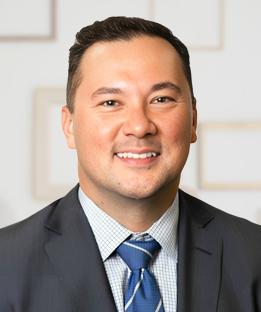- Ashburn, VA
- Centreville, VA
- Fairfax, VA
- Reston, VA
Town Center Orthopaedics
Celebrating 35+ Years as Northern Virginia’s
Top Choice for Orthopaedic Care
Located In Ashburn, Centreville, Fairfax, and Reston, VA
Awards & Recognitions
Patient Info Education & Resources
Schedule an Appointment
For more information about Our Services or to schedule an appointment, call us at
- Ashburn, VA
- Centreville, VA
- Fairfax, VA
- Reston, VA
Contact Us Locations & Directions
-
Ashburn, VA
44095 Pipeline Plaza, Suite 370
Ashburn, VA 20147 -
Centreville, VA
6201 Centreville Road, Suite 600
Centreville, VA 20121 -
Fairfax, VA
11166 Fairfax Blvd (US 50 West) Suite 400
Fairfax, VA 22030
(Physical Therapy is in suite 105) -
Reston, VA
1860 Town Center Drive, Suite 300
Reston, VA 20190































